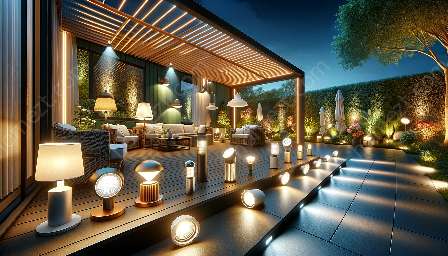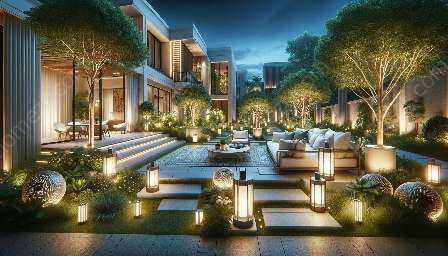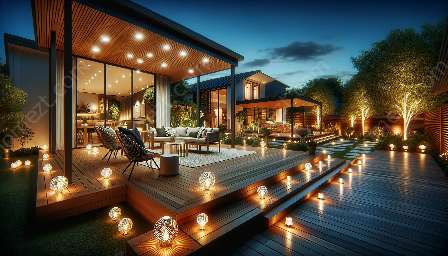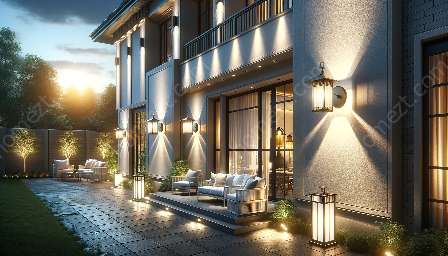Outdoor lighting design is a blend of art and science that involves carefully planning and implementing lighting fixtures to enhance the beauty, safety, and functionality of outdoor spaces. From accentuating architectural features to creating a warm and inviting ambiance, outdoor lighting design plays a crucial role in transforming landscapes and outdoor environments. In this comprehensive guide, we explore the various aspects of outdoor lighting design, including techniques, fixtures, effects, and best practices.
The Art and Science of Outdoor Lighting Design
Outdoor lighting design combines artistic creativity with technical knowledge to produce visually appealing and functional lighting schemes for outdoor areas. It encompasses the design, installation, and maintenance of lighting fixtures to achieve specific goals such as improving security, highlighting landscape features, and creating a welcoming atmosphere.
Understanding the Benefits of Outdoor Lighting Design
Effective outdoor lighting design offers several benefits, ranging from enhancing the aesthetic appeal of properties to increasing safety and security. Well-designed outdoor lighting can extend the usable hours of outdoor spaces, allowing homeowners to enjoy their gardens, patios, and other outdoor areas well into the evening. Additionally, strategic lighting can deter trespassers and improve visibility, reducing the risk of accidents and intrusions.
Techniques for Outdoor Lighting Design
There are numerous techniques that designers and homeowners can use to achieve stunning outdoor lighting effects. These include:
- Uplighting: Placing light fixtures at ground level to illuminate the base of trees, statues, or architectural elements.
- Downlighting: Mounting fixtures overhead to cast a soft, ambient glow over specific areas, such as outdoor seating or walkways.
- Pathway Lighting: Using low-level fixtures to illuminate pathways and create a safe passage for pedestrians.
- Shadowing: Casting intriguing shadows by strategically placing lights to highlight interesting textures and shapes.
- Water Feature Lighting: Highlighting ponds, fountains, or other water features with submerged or surface-mounted lights.
Fixture Selection and Placement
Choosing the right fixtures and determining their placement is crucial to the success of an outdoor lighting design project. Homeowners and designers should consider factors such as the type of light source (LED, halogen, etc.), fixture design (wall-mounted, post-mounted, etc.), and light output (brightness and color temperature). Additionally, the placement of fixtures should take into account the desired lighting effects, as well as practical considerations such as wiring and power sources.
Creating Ambiance and Mood
Outdoor lighting design goes beyond mere functionality; it also contributes to the ambiance and mood of outdoor spaces. By carefully orchestrating light and shadow, homeowners can evoke different emotions and create specific atmospheres, whether it's a romantic garden setting, a lively entertainment area, or a tranquil retreat.
Energy Efficiency and Sustainability
As outdoor lighting design evolves, there is a growing emphasis on energy efficiency and sustainability. LED technology, in particular, has revolutionized outdoor lighting by offering long-lasting, energy-efficient solutions that reduce the environmental impact while providing ample illumination.
Maintaining Outdoor Lighting Systems
Regular maintenance is essential to ensure that outdoor lighting systems continue to function optimally and retain their aesthetic appeal. This includes cleaning fixtures, replacing bulbs when necessary, inspecting wiring and connections, and addressing any issues promptly to prevent deterioration or malfunctions.
Conclusion
Outdoor lighting design is a multifaceted discipline that requires a balance of creativity, technical expertise, and practical considerations. By understanding the principles of outdoor lighting design and exploring the various techniques and fixtures available, homeowners and designers can create captivating outdoor environments that are both beautiful and functional.





